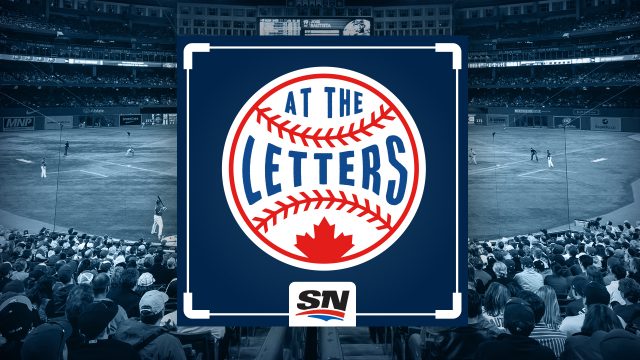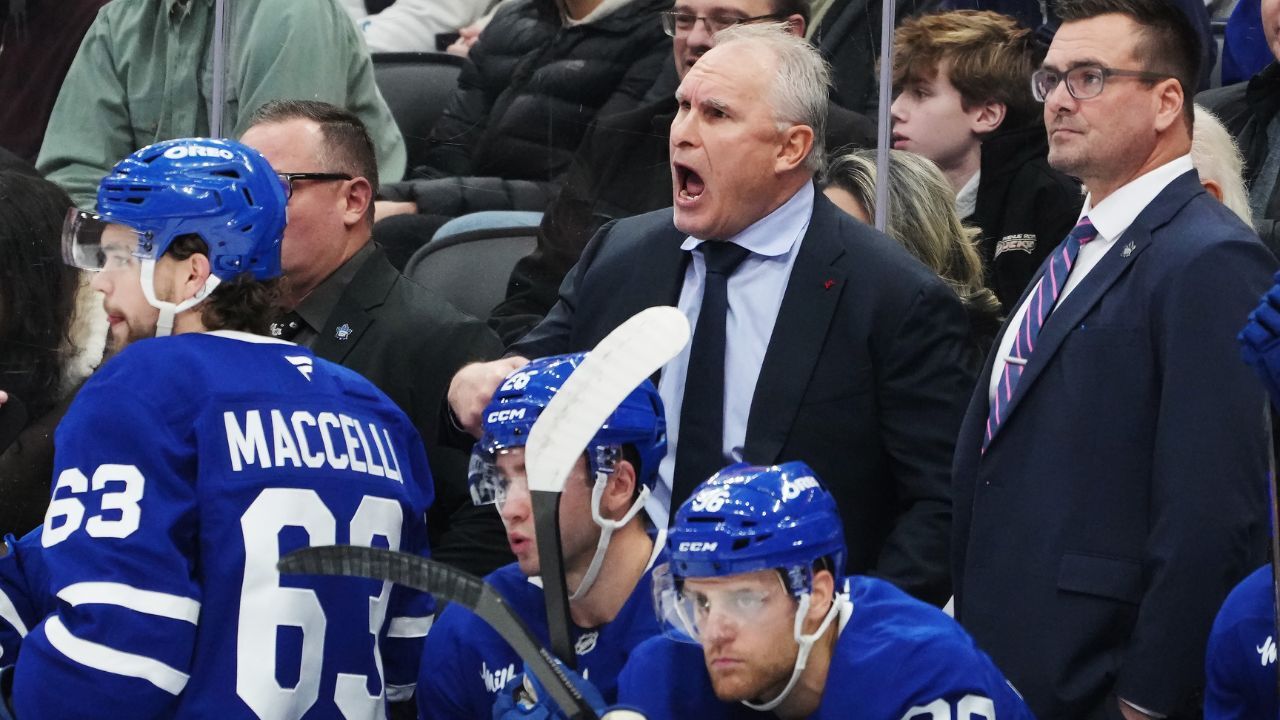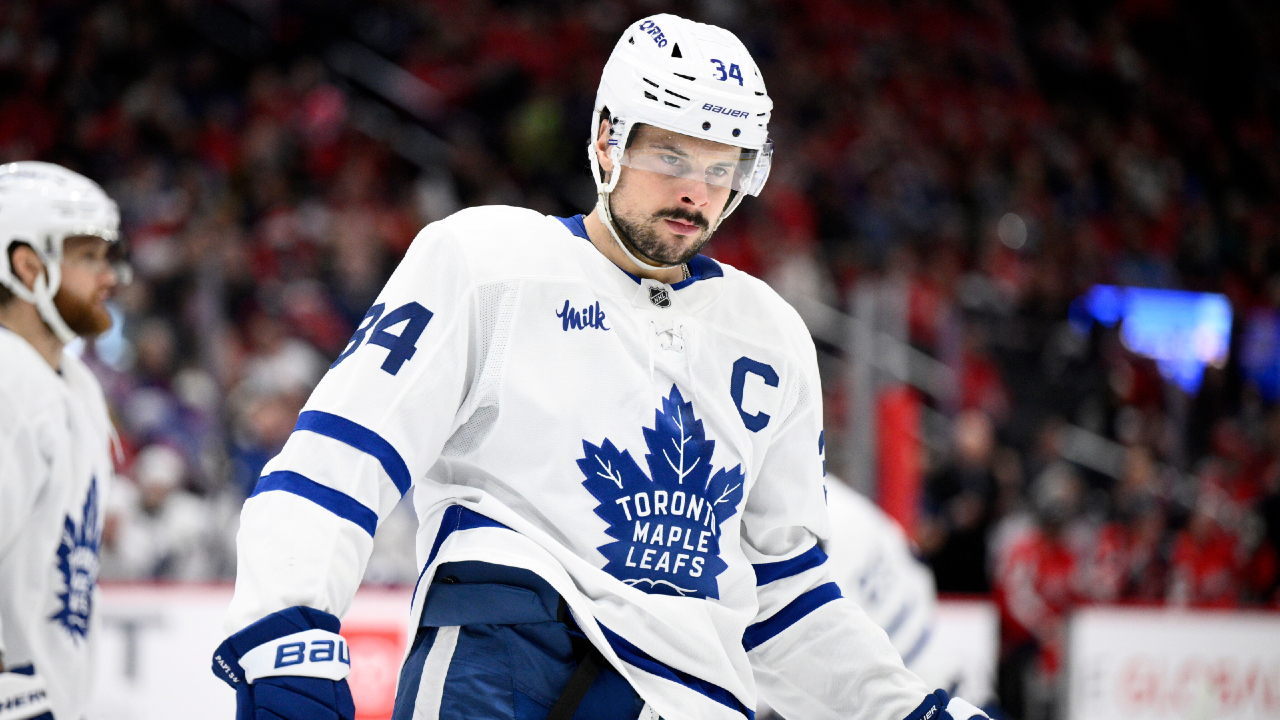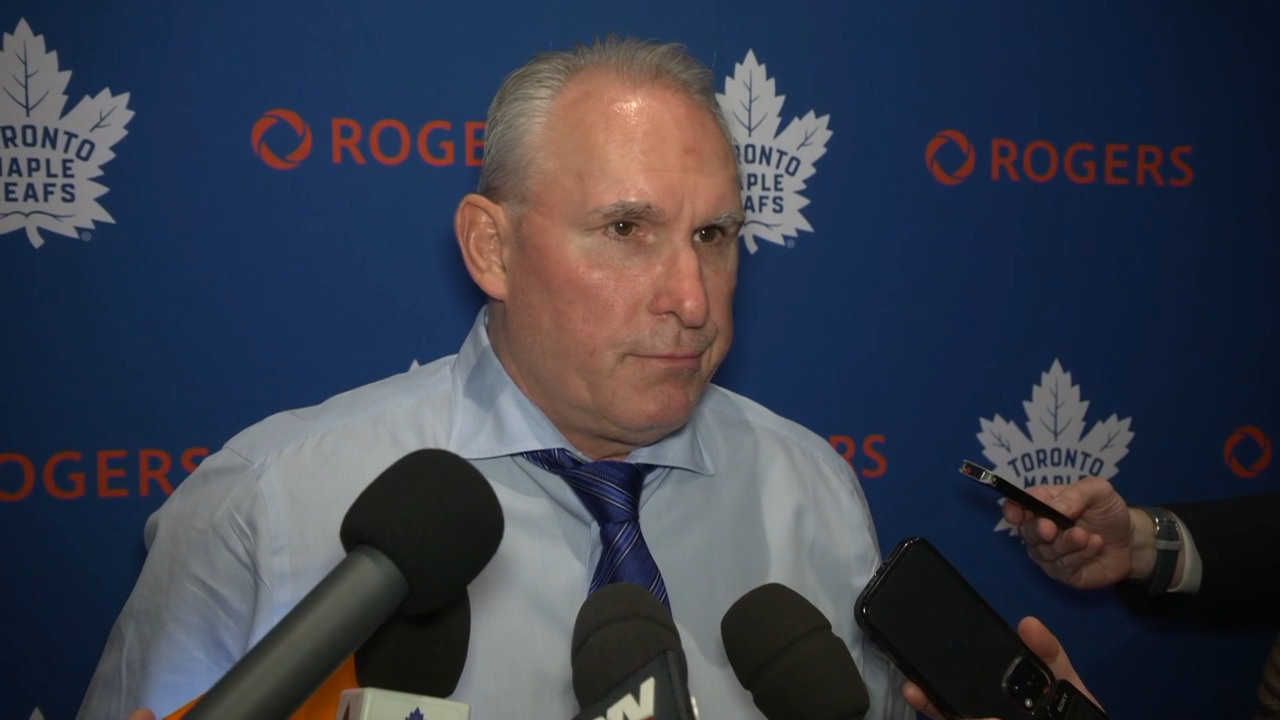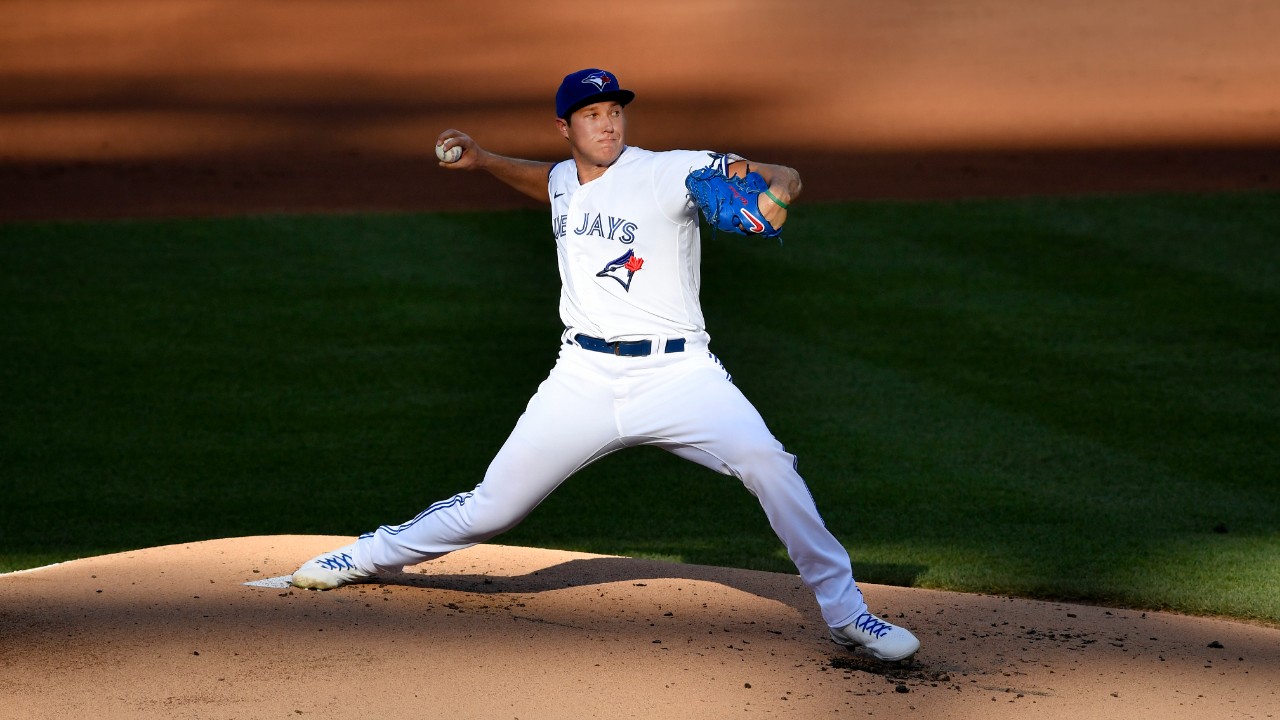
TORONTO – About three weeks before the 2017 draft, Matt Bishoff got a text message with an unexpected invitation. Nate Pearson was about to throw a bullpen in Tampa in preparation for a showcase side session in Lakeland, Fla., and if he wanted to pop over and watch, he could.
Bishoff, at the time an area scout for the Toronto Blue Jays who started followed Pearson as high schooler, dropped everything and popped over. He was the only scout invited to what essentially became a private workout, and it was there he became convinced, for the first time, that the six-foot-six right-hander was first-round material. The chain of events that followed all led to Pearson’s dominant debut Wednesday night, when he threw five shutout innings and topped out at 98.7 m.p.h. in a 4-0, 10-inning loss to the Washington Nationals.
“He was 95-99 [mph], which is impressive but I’d seen him throw 100 before,” Bishoff, since promoted to a regional cross-checker, says of that private session. “For me the more impressive part was his breaking stuff. It was really good. The slider was really good and his curveball was really good. He had kind of been babying the breaking ball up until that point in his career and it seemed like suddenly he had figured it out. That for me was the turning point, like, ‘Oh, man, he’s taken that next step he needed to take.’”
On his way home from the session, Bishoff immediately called Steve Sanders, the Pittsburgh Pirates assistant GM who at the time was the Blue Jays’ amateur scouting director, and told him to send the cavalry down for the showcase, because Pearson had to be in their top-30 mix. The club had two first-round picks that year, Nos. 22 and 28, so they sent Tony Lacava, the club’s senior vice-president for player personnel, special assignment scout Dean Decillis, and amateur cross-checker Paul Tinnell down for a look.
Pearson lived up to the billing.
“That bullpen was one of the most jaw-dropping things I’ve ever seen,” says Bishoff. “It wasn’t just in a bullpen, he threw it at Joker Marchant Stadium (spring home of the Detroit Tigers) with everyone up in the stands. He probably threw 35 pitches and everything was 98-102 with a really good slider, a really good breaking ball. Everything was for strikes. You had 100 scouts in the stands and no one was saying a word. Everyone was kind of like, ‘Whoa.’”
The show Pearson put on caught some off-guard since he had sat 92-97 throughout the spring season at Central Florida Community College, and it made him a bit of a wild-card leading into the draft. Where did the velocity jump come from? Was the breaking ball for real? Was he destined to be a reliever? The Blue Jays, however, were undeterred thanks to the years of work Bishoff had put in on the player. They took a chance, bought in and picked him at No. 28.
“He was a hard guy to pin because of that late bullpen,” says Bishoff. “Normally you have a good idea of what the market is but I was thinking he may go before our first pick, or he might go in between our picks. I’m glad we got him.”
So, too, are the Blue Jays, who within weeks of signing Pearson for a $2.453 million bonus came to realize they had stolen a top-five talent at the end of the first round. His long-awaited ascension has the potential to be a pivotal progression point for the franchise, which has needed the type of foundational pillar for the rotation that Vladimir Guerrero Jr., Bo Bichette, Cavan Biggio and Danny Jansen have provided for the position-player core.
Pearson looked every bit the ace he’s projected to be against the defending World Series champions, using a fastball that averaged 96.1 m.p.h. to control the zone, and a wipeout slider that generated eight swinging strikes and five called strikes to twist hitters into knots.
The closest thing to a threat the Nationals put together came in the third, when Trea Turner singled with two out and Adam Eaton followed with a walk. But Pearson induced a grounder to second from veteran Asdrubal Cabrera with a silder, and he alertly ran to first base to cover the bag when Vladimir Guerrero Jr., went for the ball and didn’t come up with it.
Pearson’s best inning was his last, when he struck out Andrew Stevenson with an 84.5 m.p.h. slider, won a nine-pitch duel with Victor Robles on an 83 m.p.h. slider and then induced a weak fly out from Turner to end his evening at 75 pitches.
Making his performance all the more impressive is that he traded zeroes with Nationals ace Max Scherzer, who kept the Blue Jays locked down until the eighth, when Joe Panik opened the inning with a single. Pinch-runner Anthony Alford promptly stole second and after Santiago Espinal was called out for bunting foul with two strikes, an errant Scherzer pickoff throw moved Alford to third.
But after a Derek Fisher walk, Daniel Hudson took over and got Teoscar Hernandez to hit into an inning-ending double play.
Things weren’t settled until the 10th, when the Nationals put up a four-spot against Shun Yamaguchi, who had another rough outing. He walked his first two batters to load the bases, responded with consecutive strikeouts and then allowed an infield single to Adam Eaton when Stevenson just beat Cavan Biggio to the bag at second to bring in the go-ahead run.
Cabrera followed with a three-run triple that broke things open, and Tanner Rainey locked things down in the bottom half.
Blue Jays hitters struck out 16 times, 10 of them against Scherzer.
When Pearson next starts wasn’t immediately clear, with manager Charlie Montoyo saying that the Blue Jays are considering using a six-man rotation moving forward. Pearson was inserted to give Hyun-Jin Ryu an extra day of rest – he starts Thursday’s finale versus the Nationals – but the postponement of Friday’s opener in Philadelphia due to the Phillies’ exposure to the coronavirus-struck Marlins last weekend sets up a doubleheader Saturday that’s a wrench in their plans.
“I would think they’re doing that just to keep us safer, of course, so that’s great,” said Montoyo. “Do I like it (baseball-wise)? No. Because now, guys instead of having to go on six days rest have to go seven days, like Matt Shoemaker. I don’t like doubleheaders unless I have to play them but just because they’re trying to keep us safer, I understand. It’s just another bump on the road. We’re going to grind it out and here we go.”
The same goes for Pearson, who was a big-framed kid throwing in the low 90s as a senior in high school that Bishoff kept his eye on. In the fall of 2016, he went to a junior college showcase and was one of two scouts who stayed all the way to the end watching pitchers who didn’t appear in the game throw a bullpen. Pearson was the last one to throw and he was 98-100 during the session, immediately becoming a target for Bishoff to key on.
“I’m really proud of Nate,” said Bishoff. “I’m more excited for him and his family than I am for myself personally. I’m kind of bummed out just for the situation, that his parents aren’t able to go to the game, he won’t be pitching in front of fans. When you’re a kid and you work your way up, that’s probably not the vision you have in mind. But I’m just really excited for him. He’s got such a great family and support system, I’m excited for them to have this moment. It’s such a special day for any of those guys that get that opportunity.”



